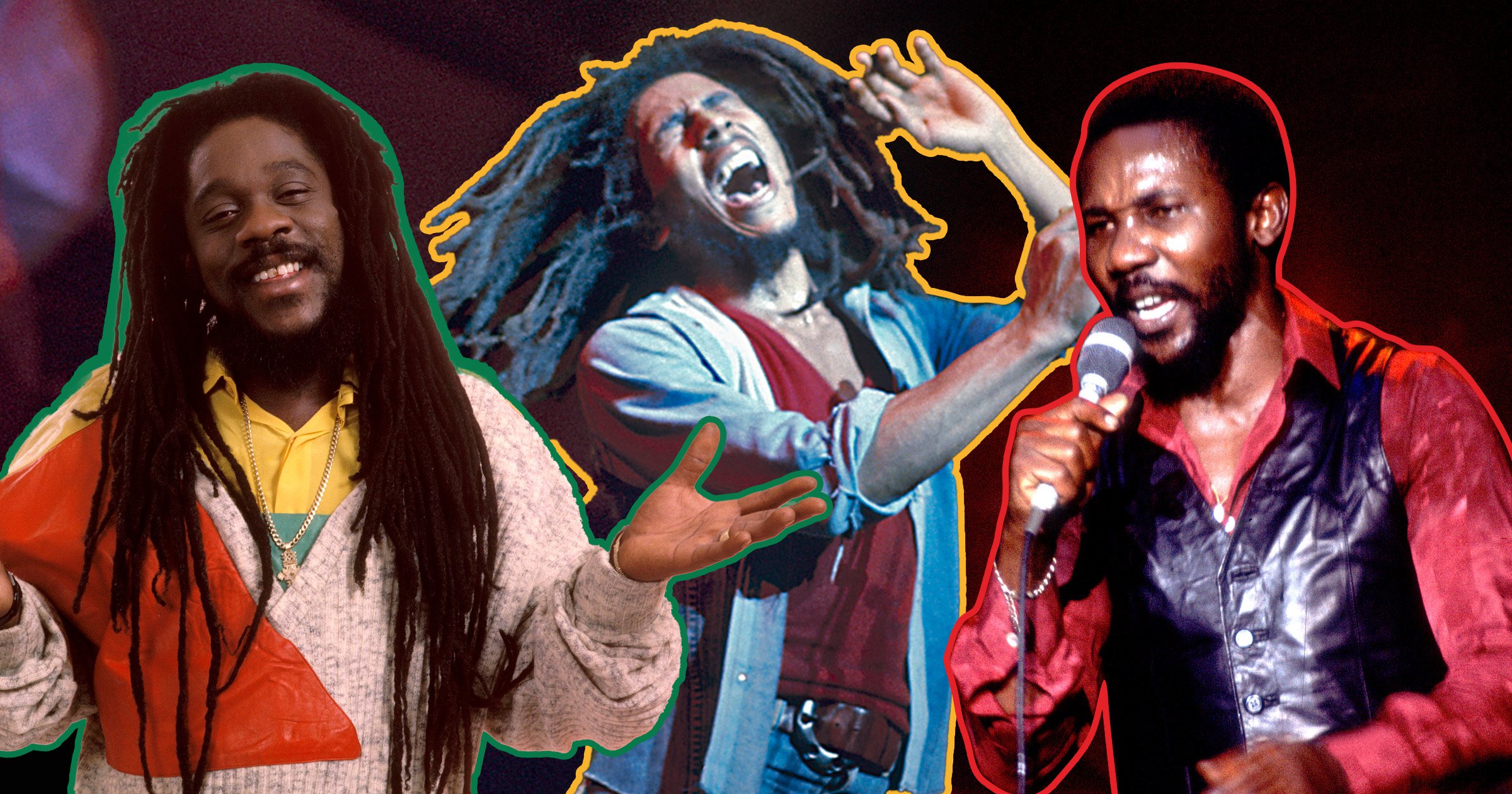
Fighting to save his mother from their burning house, Garnet Damon Smith would leave behind a voice which has lost none of its uplifting power over the years.
The singer, known as Garnet Silk, became one of reggae’s many ‘late greats’ in the tragedy which forever silenced a generational talent 30 years ago this December.
I can still remember hearing his unmistakable voice in a minibus on my first trip to Jamaica when his soul-raising hit ‘It’s Growing’ came across so clearly on Irie FM as the headlights cast narrow beams on an otherwise pitch-black country road.
The ‘silky one’ had met an untimely end a few years earlier, aged 28.
According to a report in the Gleaner, he was sitting with a couple of friends at his mother’s house in the Jamaican town of Mandeville when a gun accidentally misfired, setting fire to a propane tank.
As the blaze spread, the singer, his friends and his brother made it out safely before he rushed back into the flames to save his mother. They both perished.
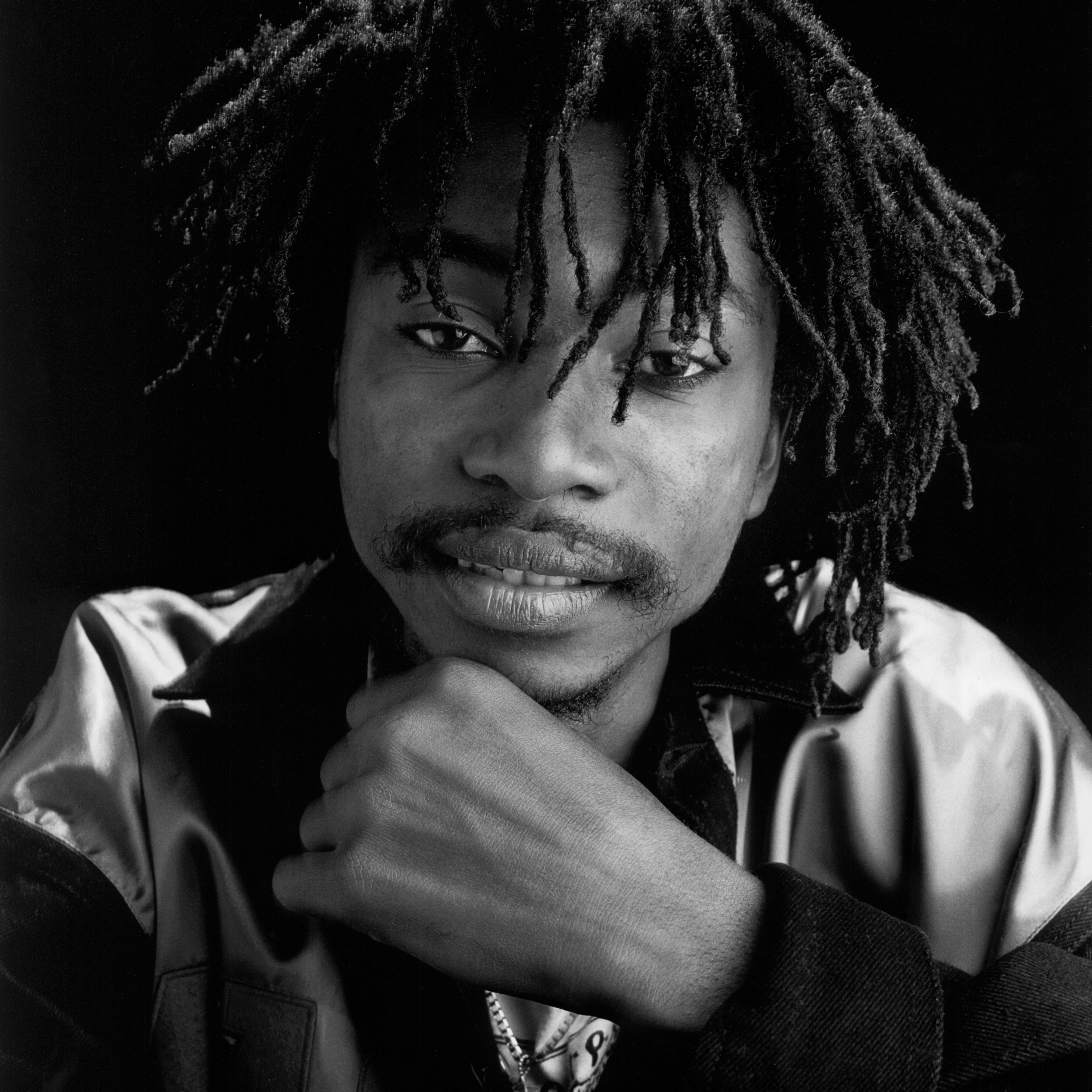
Garnet Silk
Garnet was the ‘high priest’ of a revival in the style of roots Rasta music who spoke to the ‘numinous wonders’ of rural Jamaica according to popular culture writer Chris Salewicz.
MC Ranks, a reggae DJ and sound system owner from Swindon, also grew up in Jamaica’s ‘country’ and was fortunate to catch Garnet performing at Fort Clarence Beach.
‘To me, Garnet Silk was in line to be the next Bob Marley,’ he says.
‘The year he came on the scene was the year I came to England.
‘You could see there was something special about him and most people said he was the one to bring back reggae, because at that point it wasn’t really out there like how it’s supposed to be.
‘Like Bob Marley, he was a Rastafarian and he was going to promote it and bring reggae back to a different place. Garnet just wasn’t around long enough and it was deeply upsetting to see such a promising life cut so short.’
MC Ranks
Garnet’s music intersects with MC Ranks’s story of growing up in the hills of Jamaica’s St Catherine parish with dreams of being an artist, something his friend Galaxy P went on to achieve as a ragga star in the early 90s.
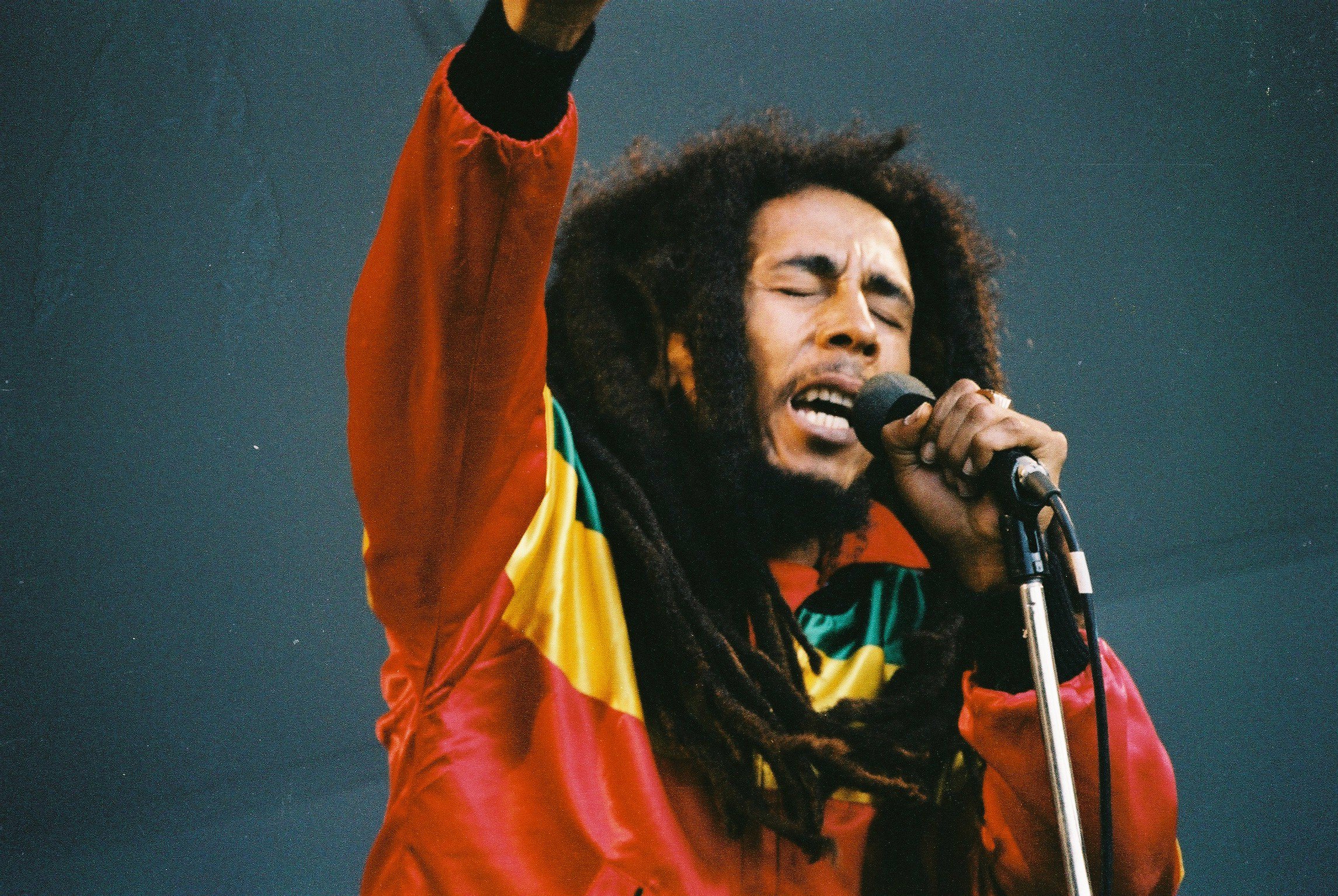
The selector, real name Mike Carty, lived with his grandmother in a home with no electricity or TV and only a battery-powered radio to listen to music. At times, he would drum out a beat on a table while writing music.
After the aspiring artist came to the UK on January 28, 1993 — the date is ingrained in his memory — he began playing out in clubs and set up his own sound system, Platinum Gold.
To MC Ranks and many others, the music of late greats such as Garnet Silk, Dennis Brown, Lucky Dube and Toots Hibbert feels like it was recorded yesterday.
Yet as the recedes into the distance, many of reggae’s greatest lives remain little known outside of their established audiences.
On air, the rootsy side of the music remains largely ringfenced in a handful of shows on BBC Radio 1 and 1Xtra outside the channels’ main, play-safe output.
I tune in to the JVC Sound Family on ,show, Tallawah Sound’s Eta Dread on and on Swindon 105.5.
The selectors represent the best of a culture that has had an impact on mainstream culture far beyond Jamaican shores, to the diaspora countries, across Africa and the Far East.
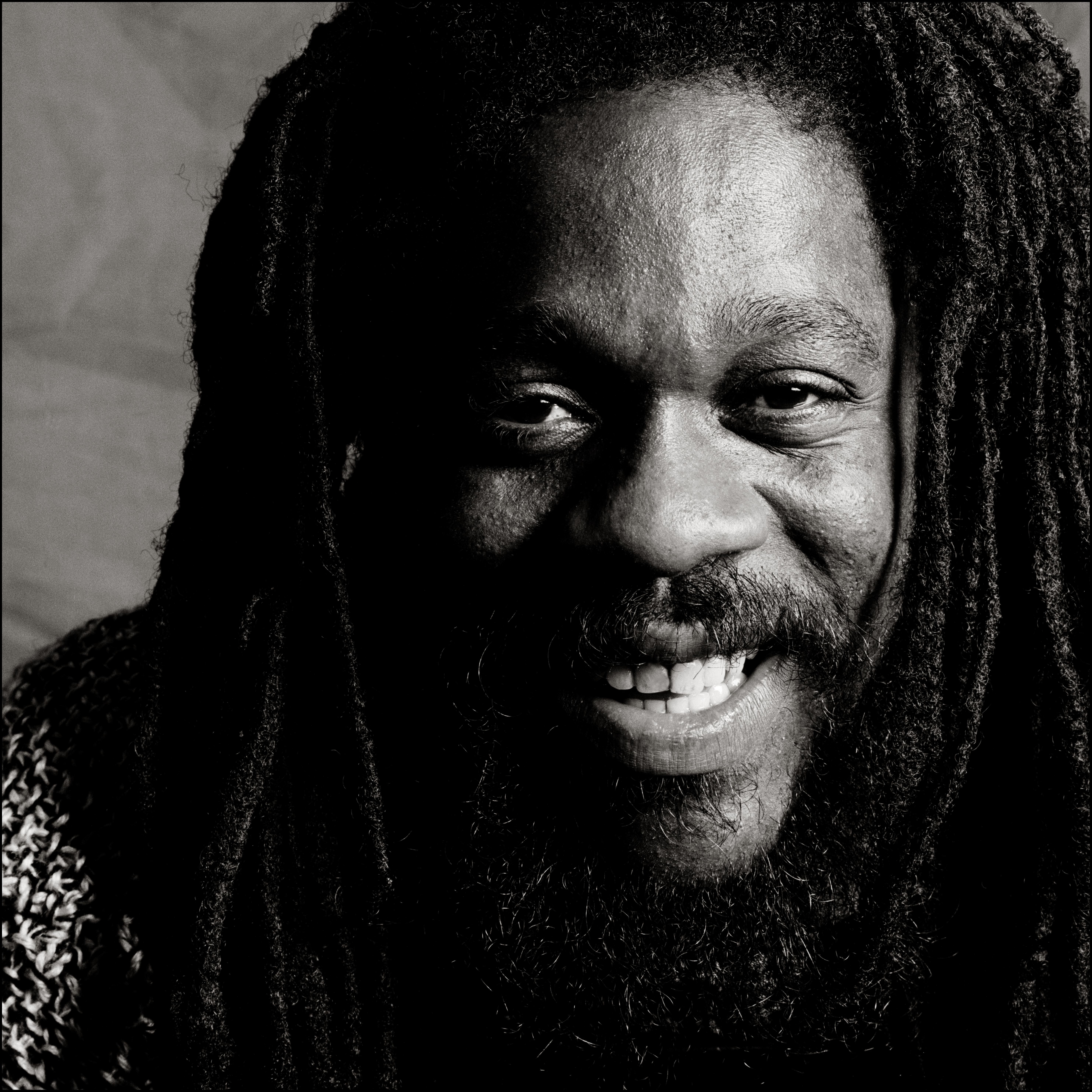
Many of the artists’ personal stories are peppered with artistry, tragedy, upheaval and the most indomitable spirit that in my view you will ever hear expressed in music.
Dennis Brown’s transporting depth and sincerity has given reggae timeless classics such as ‘Silhouettes’, ‘Here I Come’ and ‘Money in my Pocket’.
But it’s the effortlessly rootsy ‘Promised Land’, with its regal horns and profound vocals, that makes time stand still.
‘Growing up, one of my favourite artists was Dennis Brown,’ MC Ranks says.
‘It’s not just his vocals but the way he carried himself as a cool, relaxed guy. When it comes to singing, to me, he’s up there, Bob Marley was more popular, but he’s the best.’
Lee Perry
Also on reggae’s Mount Zion is the inimitable the consummate music professional of Toots and the Maytals and UK dub godfather Jah Shaka, to name but a few.
But some of the least-known reggae personalities have had the most resounding impact.
Tenor Saw
Tenor Saw is perhaps the best example of one the lives that shone so bright before being cut untimely short.
The influential DJ — as reggae MCs are known — brought his clarion vocals to the immortal ‘Ring The Alarm’ on the ‘Stalag’ riddim track.
Released in 1985, the stratospheric combination of artist and backing track continues to provide an astonishing amount of samples, covers, replays and backing tracks to this day.
One of my picks came seven years later in the form of American hip-hop crew the Fu-Schnickens’ track of the same name, surely up there for the most words ever delivered in a rap song.
Five picks from the late greats
Dennis Brown & Garnet Silk ‘Sing With Me’ (Kilimanjaro sound system dubplate)
Combining two of reggae’s greatest ever voices on a dubplate was just outrageous.
The lyrics are so humble (‘Garnet said to Dennis come to sing with me my brotherman…’), yet it’s a wonder any rival sound system played back after this.
Tenor Saw ‘Golden Hen’
The DJ, real name Clive Bright, was best known for his cosmic hit ‘Ring the Alarm’ but I prefer the solid dancehall backbone and inventive lyrics of this track. Not really meant to be played in full, I’d move on to other tracks on the riddim, such as Cocoa T’s ‘Sonia’ and Yellowman’s ‘Zungguzungguguzungguzeng’.
Prince Buster ‘Hard Man Fe Dead’
Considered the king of ska, the prodigious musician started out as one of Sir Coxsone Dodd’s collaborators. This 1966 classic has stood the test of time and stands testimony to his—and many other ska and reggae originators’— irrepressible determination to succeed.
Panhead ‘African Princess’
Panhead’s voice remains the fiercest I have heard laid on wax during the ragga era. Many of his peers have since eschewed the problematic lyrics which characterised some of his music. The DJ, real name Anthony Johnson, never had the chance — he was shot dead in Jamaica in 1993.
Millie Small ‘My Boy Lollipop‘
From your local West Indian or Irish community centre, to your grandkids’ birthday, a jukebox hit that has the incredible uplift which makes Jamaican music so irresistible. Released on Island Records in 1964, the classic is widely considered the first ever international ska hit.
By Josh Layton
Tenor Saw, real name Clive Bright, was killed by a hit-and-run driver in Houston, Texas, on August 13, 1988. He was aged just 22.
The vocalist was, along with Nitty Gritty, Super Cat, Half Pint and others, a pioneer of the dancehall ‘DJ’ sound honed to perfection on mobile sound systems, a style many believe has not been bettered through the decades.
This is where reggae history really diminishes in comparison to the waves it made, even though the stories are as wild and largely unexplored as the music is incredible.
Like Buju Banton, one of the successors of this DJ lineage, would sing, ‘it’s not an easy road.’
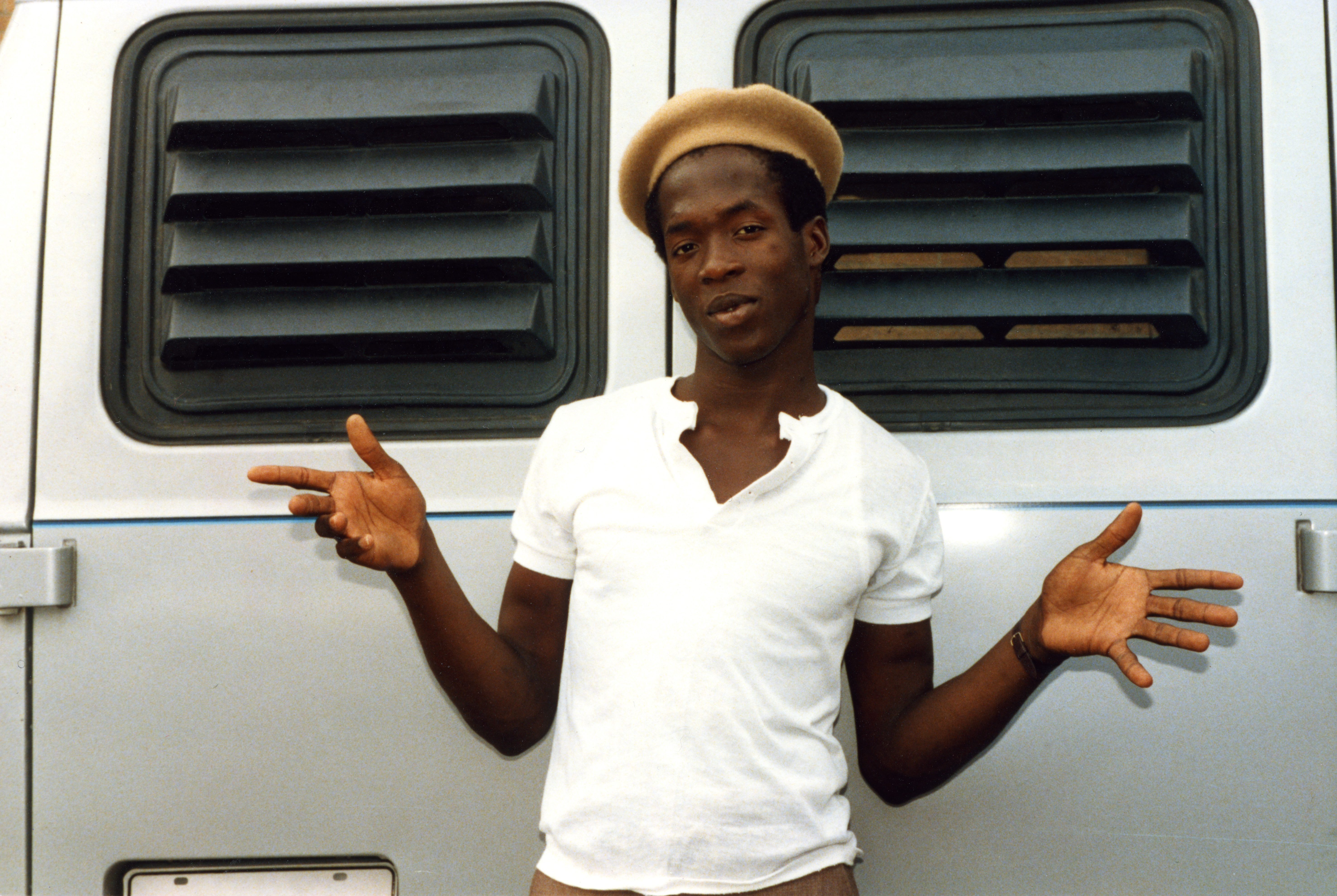
Coxsone
I had always imagined legendary studio owner and sound system owner Clement ‘Coxsone’ Dodd as a charismatic, gun-packing force whose exacting standards always got the best out of the artists in his studio.
I had to smile at my local multiplex during the movie when he was depicted as…just that.
Whatever the reality, Coxsone had good reason to be on guard, as he was up against Arthur ‘Duke’ Reid, another of reggae’s founding fathers.
One story, possibly apocryphal, concerns Reid’s reaction when he heard another sound system playing nearby.
Tracking down the source to a state-of-the-art jukebox replete with neon lights, he is said in Chris Salewicz’s story of Jamaican music to have filled the machine with pistol shots until it ceased functioning.
The ‘badman talk’ and samples in modern sound system-influenced tracks — Baddadan by Chase & Status featuring IRAH, Flowdan, Trigger and Takura is one example — can be traced back to the true stories of these originators.
At the same time, the ‘sounds’ have preserved a thread of Black liberation and provided an escape from racism, as originator when we met in Birmingham.
In the film, the pistol-packing Coxsone is shown reacting with disdain to the Wailers’ audition until the group hits on ‘Simmer Down’, at which point he realises he has struck gold.
In reality, it seems that a 16-year-old Bob Marley and his friends from Trench Town impressed with a number of songs at the hitmaker’s influential Studio One when they auditioned shortly before Christmas 1963.
Coxsone wasted no time signing them to his label, with the first songs recorded being ‘I’m Still Waiting’ and ‘It Hurts to be Alone.’
Special mention must be made of the musical giant Reid and his Treasure Isle label, releasing hits by stars such as Alton Ellis, the Paragons and Phyllis Dillon.The former policeman, who is said to have carried two pistols on his waist, also founded the Trojan sound system, from which the now world-famous label takes its name and inspiration.
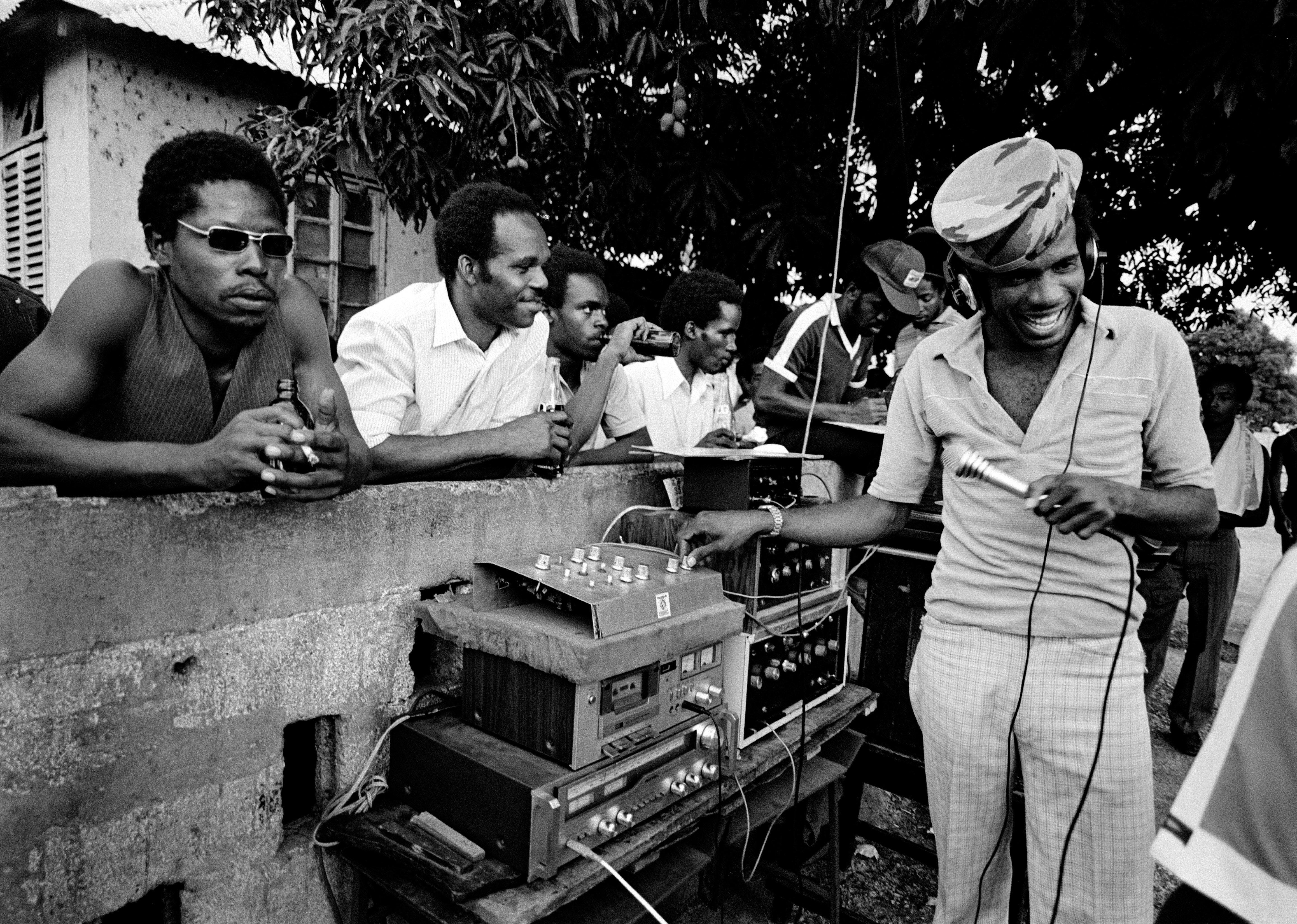
Monty Morris
Another Treasure Isle artist was Eric ‘Monty’ Morris, although his timeless ska classic, ‘Sammy Dead Oh’, which captures the irrepressible spirit that flows through reggae and the, would come out on Kentone Records.
Reid died aged 59 in January 1975 while the sun set for Coxsone at the age of 72 in May 2004.
Another cosmic explosion came with the release of Wayne Smith’s seismic ‘Under Mi Sleng Teng’.
Expressing a love of marijuana over a backing track recorded with a Casiotone MT40 keyboard, the 1985 hit is credited with shifting reggae to a new age of digital production.
Smith’s moment of genius is still felt in countless ways, including artists such as 50 Cents andjumping on the bass-heavy riddim, a decade on from the originator’s death at the age of just 48.
Such stories put the sound systems at the heart of the reggae explosion and its influence on later genres such as jungle, drum and bass and hip-hop.
The story continues with the likes of Stone Love, Killamanjaro and Bass Odyssey (‘from way out in the country!’) in Jamaica, Saxon, Luv Injection and in the UK and Mighty Crown in Japan.
The colossus of this world in my time was Squingy from Bass Oydssey, real name Kevin Bennet, a certified crowd-pleaser with massive stage presence who passed away in November 2009.
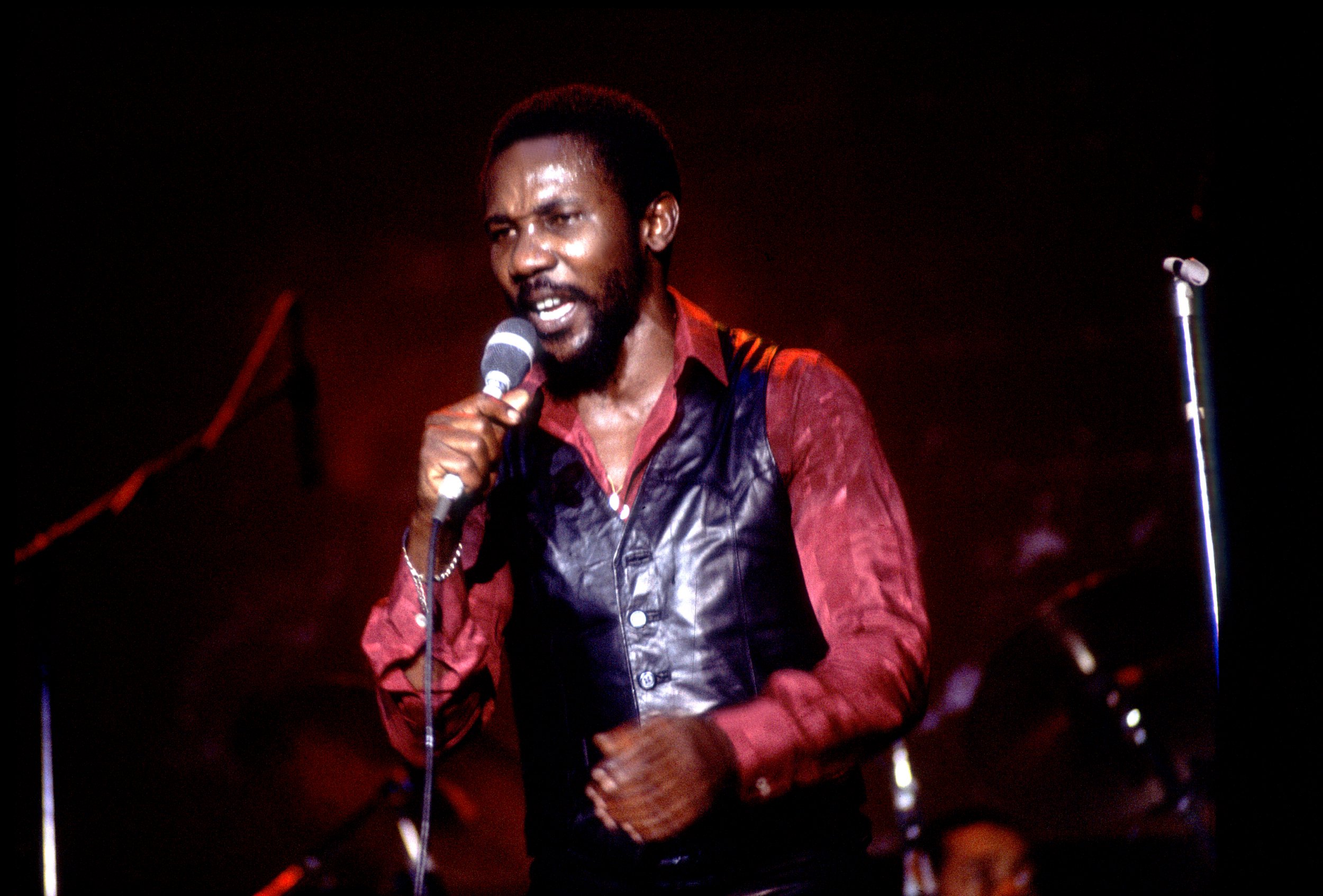
How Garnet Silk would have thrived in the current era of rejuvenated roots or ‘conscious’ music, the collaborative approach between artists and the use of live bands rather than digital backing tracks.
Thirty years after he released the serene ‘Splashing Dashing’, however, his music has more than stood the test of time in a genre that never rests.
lead singer in the spiritual and evergreen group Morgan Heritage was also part of this new wave before his death in February.
MC Ranks puts it this way: ‘When you play the music by late greats it’s like they’re still alive. Sometimes when I play a track and I look at the year it was released, even when it was before I was born, it feels like yesterday.
‘It’s like they’re still here, that’s why they say the music lives on.
‘Reggae might not be the most popular music right now, but to me and you, nothing beats reggae, don’t it?’
The flame is also being kept alive by a new generation of conscious artists such as Chronixx, Protoje, Alborosie, Kabaka Pyramid and Aleighcia Scott.
The Marley family is well represented, most famously through Damian Robert Nesta ‘Jr Gong’ Marley’s 2005 roadblock hit, ‘Welcome to Jamrock’.
In the UK, Sir Coxsone’s Downbeat sound system — inspired by but separate from Dodd’s movement — helped bring reggae to new shores.
The likes of Janet Kay, Tippa Irie, Peter Hunningale Macka B (above, in Likkle Minty’s video), and Maxi Priest are all part of a lineage that can be traced through to rap, jungle, grime and Afrobeats.
‘Everyone loves Afrobeat right now but where does Afrobeat come from, where does hip-hop come from, jungle, you name it,’ MC Ranks says.
‘Reggae lives on… and the music from the greats never dies.’
This article is livicated to the memory of Garnet Silk, April 2 1966 – December 9, 1994




















